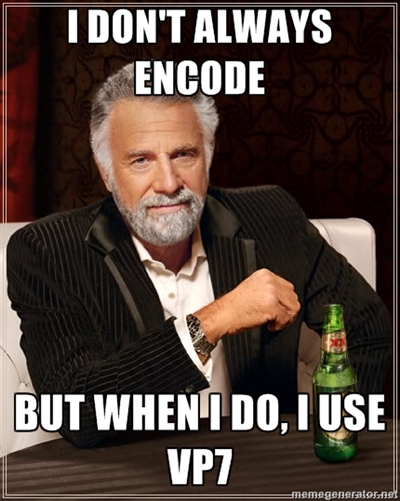As some of you might know, I had an interest for various game formats for decades (and that’s one of the reasons that brought me into opensource multimedia). And those formats include videos from LucasArts games as well. Actually SMUSH is not an ordinary video format but rather a sub-engine where both audio and video are objects (background, sprites, main audio, sound effects) that should be composed into final audiovisual experience. INSANE is the next iteration of the engine that became simpler (coding full frames, only one object per frame, just one codec, 16-bit video instead of paletted one) but it shares a lot in common with its predecessor.
As expected, the main source of information about those come from ScummVM (and one of their developers made smushplay to play the files in stand-alone matter). There’s a personal story related to that: one Cyril Zorin meddled with some formats from LucasArts games and wanted to add INSANE support (for Grim Fandango but it’s the same for all other games using SNM format) in FFmpeg, sadly he could not stomach review process there (which is hard to blame him for) and abandoned it; some time later I picked it up, added support for SMUSH codecs 37 and 47 (the ones used in adventure games) and got it committed; years later Paul B. Mahol (of future Bink2 decoder fame) added VIMA audio support to it.
Yet there are more games out there and some of them use different codecs, for which details were not previously known. So I decided to finally reverse engineer them to see how the development went. My implementation in NihAV is far from being perfect (there are many issues with transparency and coordinates) but it can decode all files I could encounter with very few exceptions.
So, let’s look at the codecs used for image coding. Audio is rather boring: there’s very old PCM format in SAUD chunks, scaled PCM audio in IACT chunks and VIMA is IMA ADPCM with 2-7 bits per step.
Read the rest of this entry »
